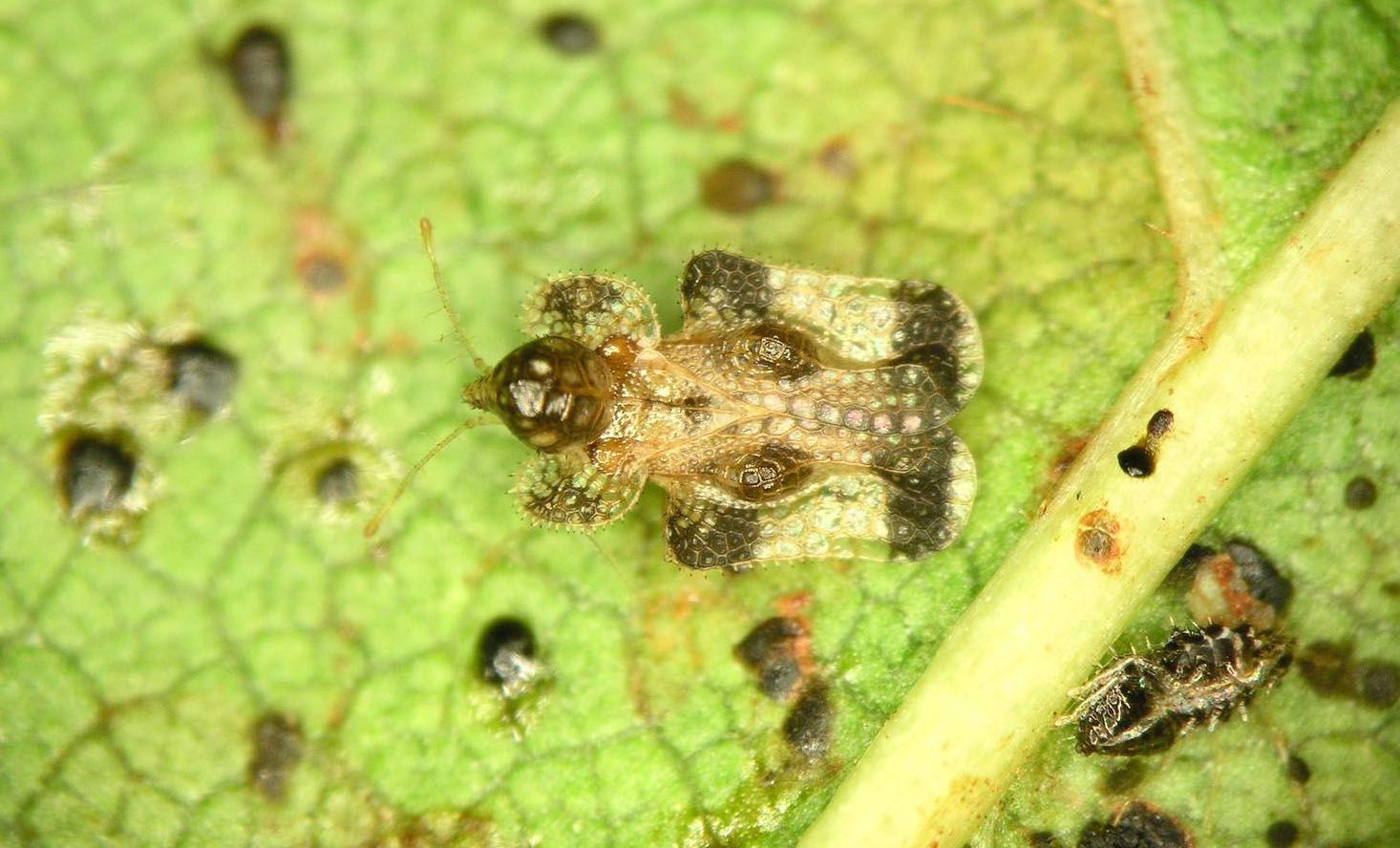August questions just keep coming
Published 12:00 am Friday, August 8, 2014
Normally, rain wouldn’t be a big problem in August, but excessive moisture, coupled with warm summer temperatures, always creates problems. August gardening inquiries are usually slower than most months, but problems do occur. Below are a few questions that you may have pondered.
Question: I have a red maple tree and the leaves are already turning red and a few leaves are starting to drop. What can cause this? Is there any way to prevent this premature leaf drop?
Answer: Premature color change and leaf drop points to some type of stress-induced condition. Compacted clay soils, planting the tree too deeply, too much water and drought are a few examples of plant stress that will cause premature leaf color change. Also, some maple cultivars have a natural predisposition in their leaves to prematurely change color before fall. Heavily compacted clay soils may be core aerated to reduce compaction. Mulching around the tree is also recommended to aid in conserving moisture. Other trees such as river birch are naturally prone to early leaf drop, especially in hot, dry weather.
Question: My azaleas don’t look very good. They are the Encore type azaleas and have bloomed well over the past few years. The leaves are dusty yellow and are pale with black specks underneath. What is the problem?
Answer: Your problem is a mass infestation of lacebugs. These are typical insects of azalea, rhododendron and some other shrubs that occur in early summer and can persist until late August. The insect won’t kill the shrubs outright, but will weaken them to a point where you’ll want to remove them. You’ll need to spray with insecticides to control the pest. The key for control is to spray with high pressure on the undersides of leaves for adequate control. Go to http://www.ces.ncsu.edu/depts/ent/notes/O&T/shrubs/ort039e/ort039e.htm for more detailed information the insects life cycle and control.
Question: In our lawn we have crabgrass in various sections. Is there something I can buy that will kill the crabgrass and not kill the other grass so we can over-seed in the fall?
Answer: There are selective products now on the market that will kill emerged crabgrass and not affect the growth of fescue. However, if you have very large areas of nothing but crabgrass, you may want to consider a complete kill of the area and replanting in September. Also, if your lawn is chronically plagued with crabgrass, you may want to closely monitor your ongoing cultural practices such as fertilization, mowing heights, aeration, etc. Go to http://www.turffiles.ncsu.edu/Alerts.aspx#005123 for more detailed information about crabgrass control in fescue.
Darrell Blackwelder is the county Extension director with horticulture responsibilities with the North Carolina Cooperative Extension Service in Rowan County. Learn more about Cooperative Extension events and activities by calling 704-216-8970 or online at www.rowanextension.com





